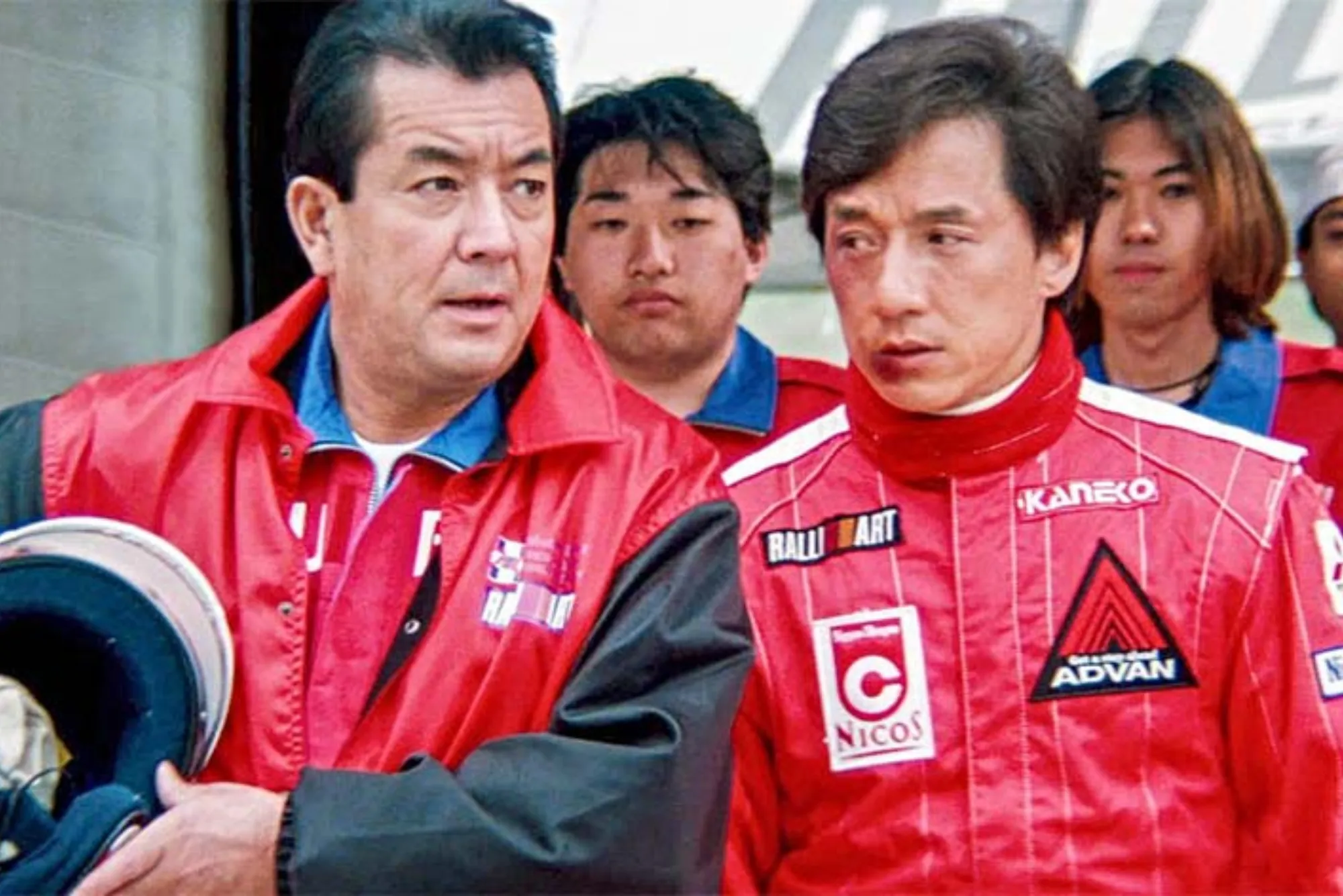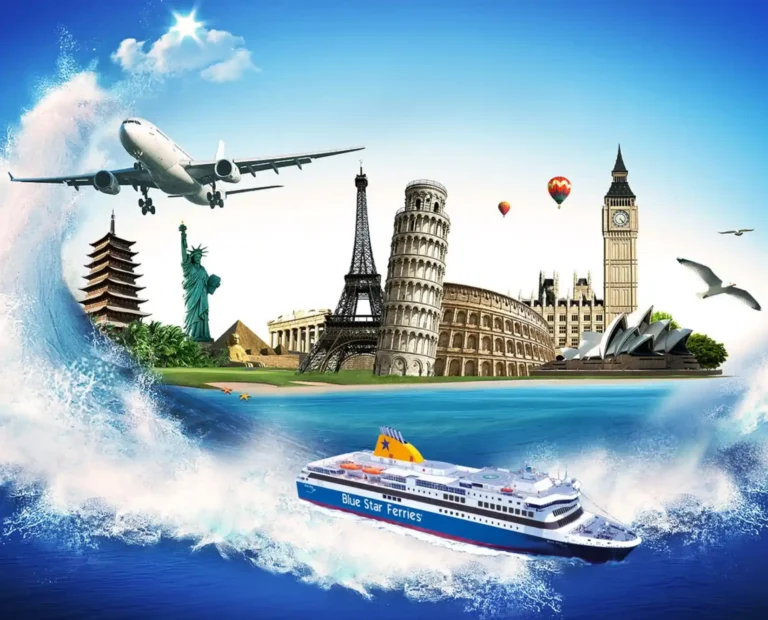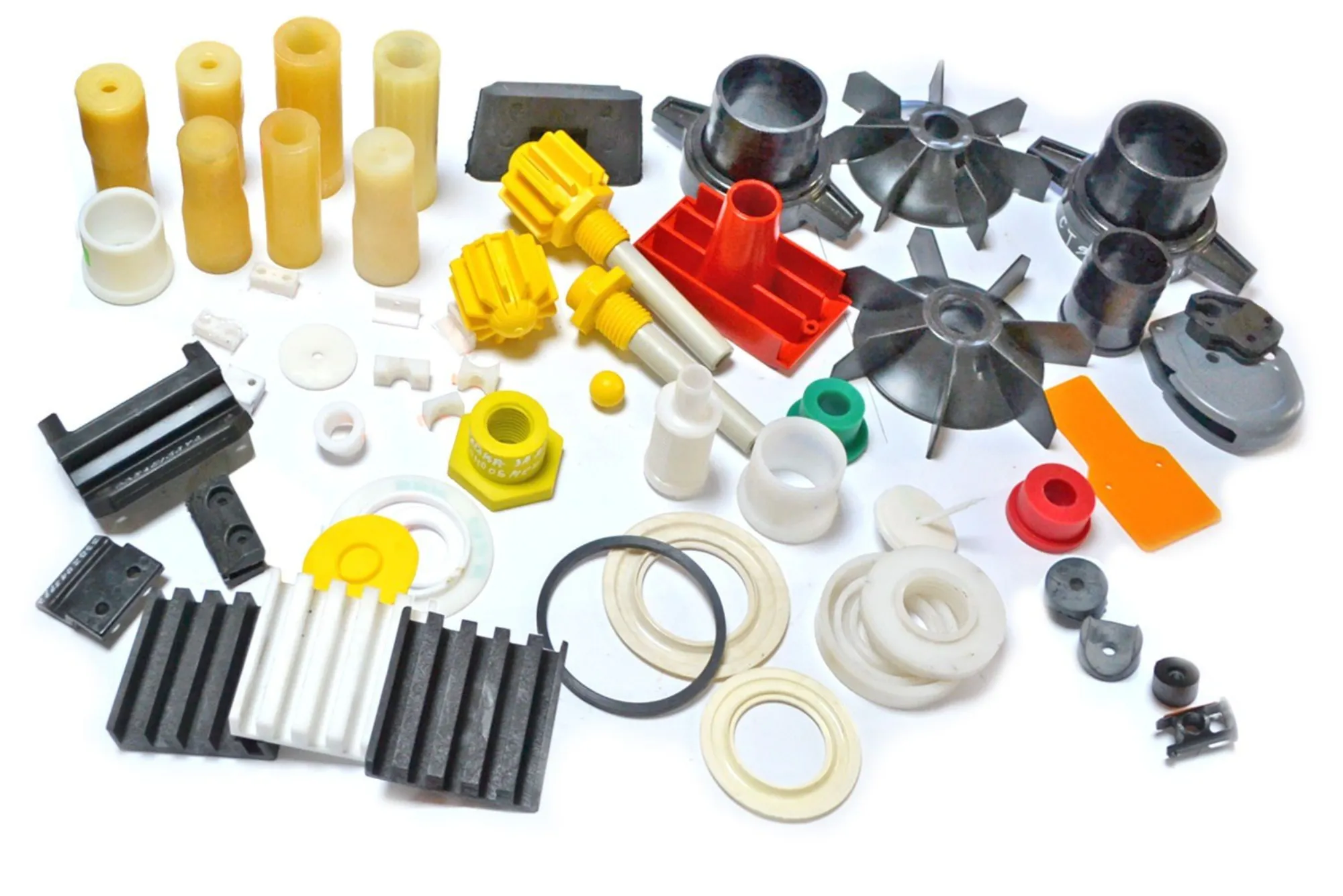From the earliest days of cinema to the present, automobile films have captivated audiences worldwide with their thrilling car chases, iconic vehicles, and exploration of themes ranging from adventure to societal reflection.
This article delves into the multifaceted impact of automobile films on pop culture and the automotive industry, examining their evolution, cultural significance, marketing strategies, technological innovations, genre diversity, and future trends.
Evolution of Automobile Films
Automobiles have been integral to the narrative of cinema almost since its inception. Early silent films featured daring car chases and comedic pursuits, utilizing the novelty and excitement of these new machines to entertain audiences.
As technology advanced, particularly during Hollywood’s Golden Age, automobile films became more elaborate, showcasing not only the thrill of speed but also the craftsmanship and design of automobiles.
Films like “The Great Race” (1965), known for its extravagant vintage cars, and “Bullitt” (1968), famous for its groundbreaking car chase through the streets of San Francisco, set new standards for cinematic car sequences.
In subsequent decades, automobile films evolved alongside technological advancements in both filmmaking and automotive engineering.
The 1970s and 1980s saw the rise of car-centric action films like “Smokey and the Bandit” (1977) and “The Cannonball Run” (1981), which celebrated the rebellious spirit of fast cars and open roads.
These films not only entertained but also solidified the car as a symbol of freedom and individuality in American culture.

Cultural Impact
Beyond their entertainment value, automobile films have had a profound cultural impact, reflecting and influencing societal attitudes towards cars. Automobiles are often portrayed as more than mere vehicles; they become characters themselves, embodying themes of freedom, status, adventure, and even nostalgia.
Iconic cars like the DeLorean from “Back to the Future” (1985), the Batmobile from various Batman films, and the Aston Martin DB5 from James Bond movies have transcended their roles as props, becoming enduring symbols of their respective films and eras.
Moreover, automobile films resonate globally, transcending cultural and linguistic barriers. The universal appeal of fast cars and thrilling chases has contributed to the global success of franchises like “The Fast and the Furious,” which has become a cultural phenomenon in its own right.
These films not only entertain audiences worldwide but also influence car preferences and trends across different markets.
Marketing and Branding
Automobile films also serve as potent marketing tools for automotive manufacturers. Strategic partnerships between filmmakers and car brands allow for prominent product placements and cross-promotions that enhance brand visibility and consumer appeal.
For example, the collaboration between Aston Martin and the James Bond franchise has helped elevate the luxury carmaker’s status and desirability among enthusiasts and potential buyers.
Product placements in automobile films are often meticulously planned to showcase the brand’s vehicles in the best possible light, aligning them with the aspirational lifestyles and values portrayed on screen.
This symbiotic relationship between film and automotive industries not only boosts car sales but also shapes consumer perceptions and brand identities.
It reinforces the association between certain car models and attributes such as performance, luxury, and innovation, influencing consumer behavior both consciously and subconsciously.
Technological Innovations
The evolution of automobile films has been closely intertwined with advancements in filmmaking technology. From practical stunts to sophisticated CGI, filmmakers continually push the boundaries of realism in portraying car chases, racing sequences, and vehicular stunts.
Innovations in camera technology, such as gyroscopic rigs, drone cinematography, and advanced CGI rendering, have enabled filmmakers to capture dynamic and immersive driving sequences that engage audiences on a visceral level.
Films like “Mad Max: Fury Road” (2015) exemplify the use of cutting-edge technology to create visually stunning and adrenaline-pumping action sequences involving customized vehicles.

These technological innovations not only enhance the cinematic experience but also inspire automotive engineers and designers to push the boundaries of vehicle performance and design in the real world.
Furthermore, automobile films have often served as a testing ground for new automotive technologies. Concepts and prototypes showcased in films sometimes foreshadow real-world innovations in automotive design, safety features, and performance enhancements.
This reciprocal relationship between film fantasy and automotive reality underscores the influential role of automobile films in shaping public perceptions and driving technological advancements in the automotive industry.
Genre Diversity
Automobile films encompass a diverse array of genres, each exploring different aspects of the automotive experience. From high-octane racing dramas like “Days of Thunder” (1990) and “Rush” (2013) to nostalgic road trip adventures such as “Thelma & Louise” (1991) and “Little Miss Sunshine” (2006), these films cater to a wide range of audience interests and preferences.
Action-packed heist films like “The Italian Job” (1969, 2003) and “Baby Driver” (2017) showcase the strategic use of vehicles in thrilling criminal pursuits, while family-friendly animated films like “Cars” (2006) and its sequels anthropomorphize vehicles to convey timeless themes of friendship, identity, and personal growth.
Each subgenre within automobile films offers a unique perspective on the role of cars in storytelling, exploring themes of ambition, rivalry, redemption, and the human connection to machines.
Future Trends and Innovations
Looking ahead, automobile films are poised to embrace emerging technologies and storytelling techniques that promise to redefine the cinematic experience.
Virtual reality (VR) and augmented reality (AR) technologies hold the potential to immerse audiences in interactive driving simulations, allowing viewers to experience the thrill of high-speed chases and precision driving firsthand.
These immersive experiences not only enhance audience engagement but also offer new creative possibilities for filmmakers to explore narrative complexity and emotional resonance in automobile-centric stories.
Moreover, as the automotive industry undergoes a transformative shift towards sustainability and electric vehicles (EVs), future automobile films may reflect these evolving trends.
Films may increasingly feature eco-friendly vehicles and narratives that celebrate innovation in automotive technology, highlighting themes of environmental stewardship and the future of mobility.
Concepts such as autonomous driving and interconnected vehicle networks may also find their way into futuristic automobile films, offering speculative glimpses into the possibilities of tomorrow’s transportation landscape.
In conclusion, automobile films have left an indelible mark on both pop culture and the automotive industry, captivating audiences with their thrilling action sequences, iconic vehicles, and exploration of timeless themes.
Through their evolution, cultural impact, marketing strategies, technological innovations, genre diversity, and future trends, these films continue to shape public perceptions of cars while influencing automotive design, technology, and consumer behavior worldwide.
As filmmakers and automotive manufacturers continue to collaborate and innovate, the future of automobile films promises to be as dynamic and transformative as the vehicles they showcase on screen.
By embracing new technologies, exploring diverse narratives, and reflecting societal values, automobile films will continue to entertain, inspire, and resonate with audiences across generations, reaffirming their status as an enduring and influential genre in cinematic history.










